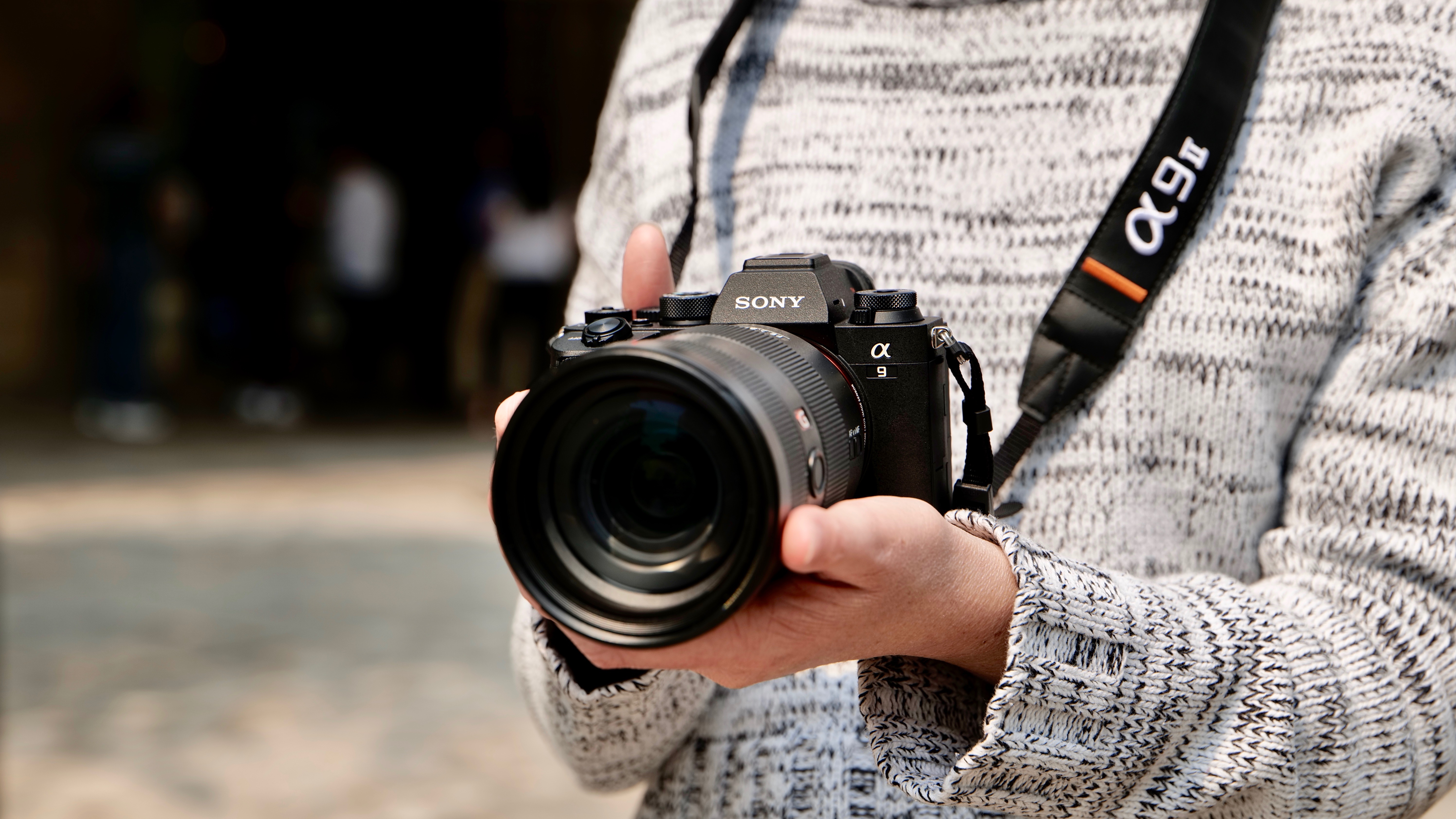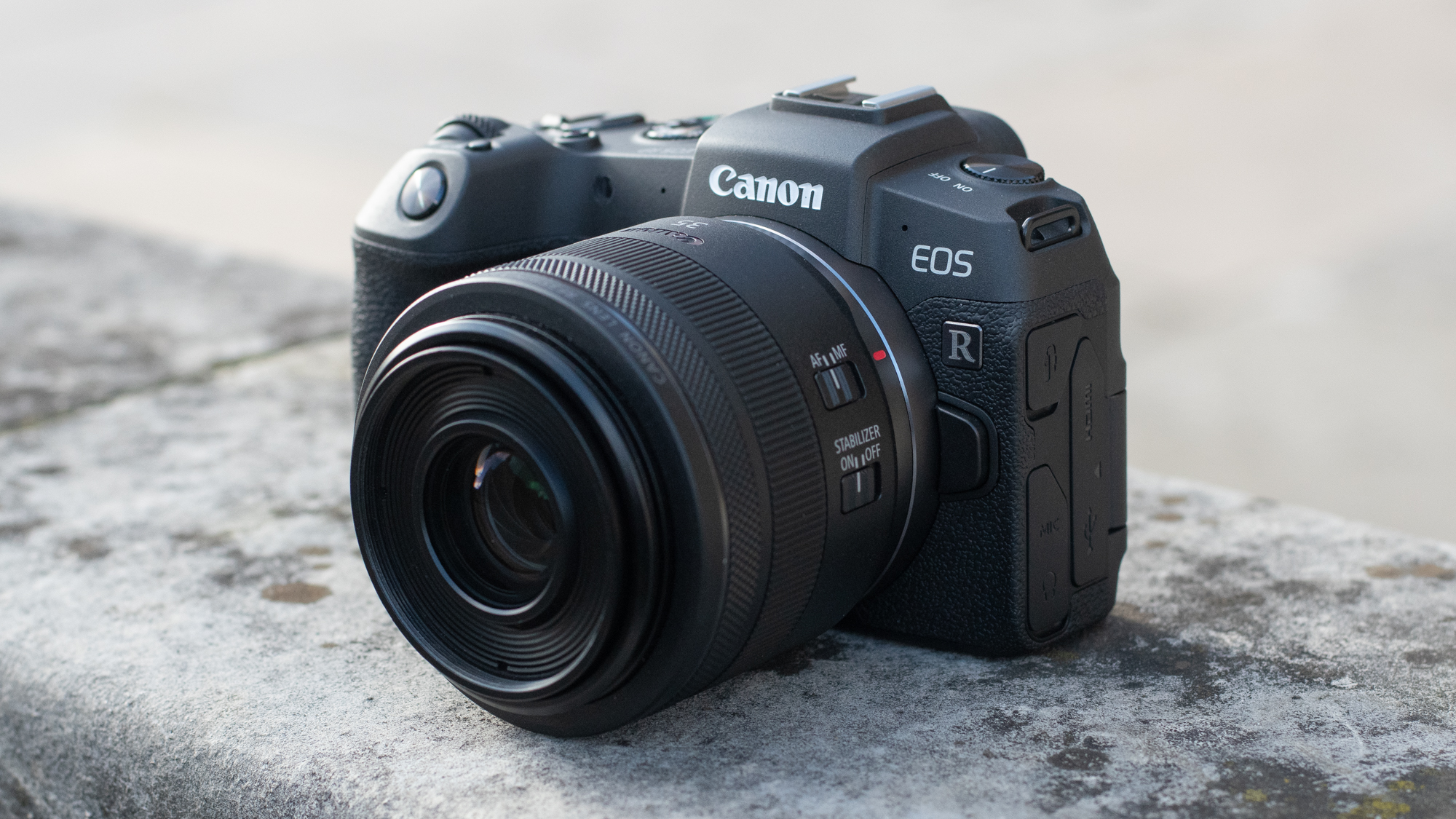
- #Best full frame camera 2017 full#
- #Best full frame camera 2017 pro#
- #Best full frame camera 2017 iso#
#Best full frame camera 2017 full#
Second, the 1D X Mark II doesn’t do full 4K video output on the HDMI port, which seems like a decision based not on engineering limitations, but the desire to maintain sales of the company’s dedicated video systems like the Canon EOS C500. 12.1 seconds).įinally, we found some odd design choices with the Canon EOS-1D X Mark II, namely the decision to put both a CompactFlash and a non-compatible, but nearly identically shaped CFast card slot into the system, which we think will lead to confusion in the heat of a shoot.

170) and shoot longer before the buffer fills (16.7 seconds vs. Third, the Canon 1D X II outperforms the D5 in terms of capture rate-12 fps for the D5 with AE/AF and 14 for the 1D X II with AE/AF, but the D5 can buffer more images (200 vs.
#Best full frame camera 2017 iso#
You can argue that there’s not a lot of need to shoot at 3 million ISO, but the important factor here is that the D5 has better performance at each ISO range than the Canon 1D X II because of the higher overall ISO performance. Second, the extended ISO range of the D5 is amazing-the Canon tops out at ISO 409,600, but the D5 goes to a metaphorical “11”, with top ISO at 3,280,000. First, while the 1D X Mark II has more points in the 3D exposure system, the Nikon system is more robust with its fewer points, and the 3D data is used to determine focus, which (in combination with the additional focus points on the D5) the Nikon does slightly better than the 1D X Mark II. There were a few factors in this decision, but it comes down to three key areas.
#Best full frame camera 2017 pro#
In the end, we decided to crown both cameras as our Editors’ Choice in the Pro DSLR category, though if we were giving a grade school numerical mark to their performance, the Nikon D5 would come in just slightly ahead of the Canon EOS-1D X Mark II, with the Nikon D5 scoring 95 and the Canon EOS-1D X Mark II scoring a 90. The improvements to autofocus performance, metering, capture rate and processing speeds in both systems are remarkable, and for the first time in a long time, the race for gold between the two is a photo finish.

This year really panned out, with both the Nikon D5 and the Canon EOS-1D X Mark II vying for top dog in photography’s top gear segment.

Sure, it means that sometimes new systems will come to market that aren’t quite ready for prime time, but generally, it means that innovation and upgrades are always around the corner. Anytime two dominant players are duking it out for supremacy, the whole industry wins. We personally love the Nikon versus Canon battle, as it’s great for the consumer. What a year it has been in the Pro DSLR category, a category that often will go years without any new contenders in the highest-end flagship category and instead include a few stalwart upgrades to the higher-end-but-not-upper-echelon of Nikon and Canon’s market. Digital Photo Magazine’s 2016 Editors’ Choice Awards


 0 kommentar(er)
0 kommentar(er)
